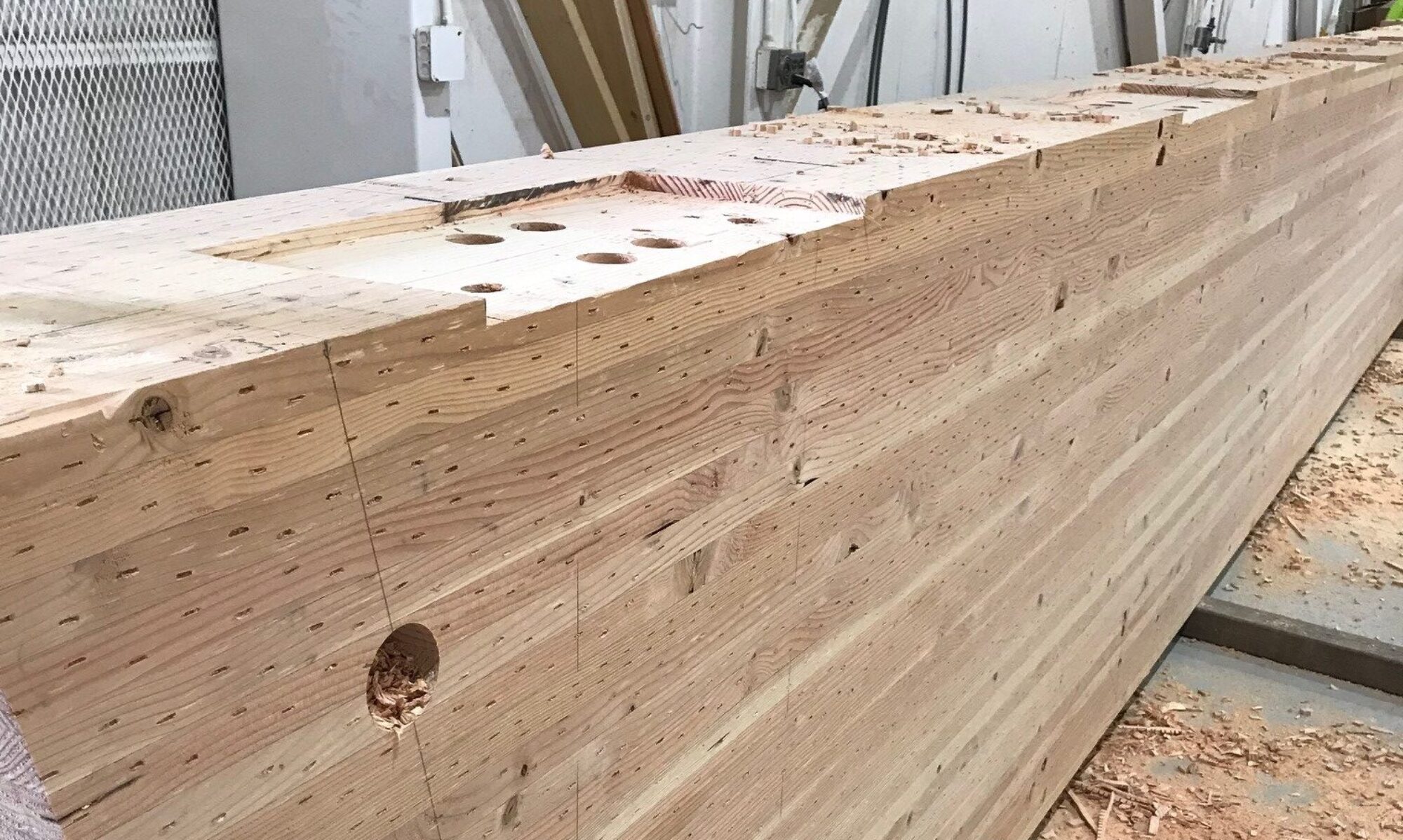Paper Excellence is (on paper) a Canadian company. They’ve aggressively purchased other companies to become Canada’s biggest pulp producer and one of its biggest lumber suppliers. But who are they, really?
Investigative reporters from over 40 media outlets looked under the covers for months and found that Paper Excellence has tight ties to Indonesian-owned Asia Pulp & Paper, owned by the Chinese Wijaya family. Its CEO Jackson Wijaya founded the company and bought up Canadian pulp, lumber, and paper mills to become the dominant force – 50% larger than its closest rival Canfor. Part of the money from those acquisitions came from the Chinese Communist Party-owned China Development Bank.
By itself, this isn’t a concern but the ties to APP and the China Development Bank require additional scrutiny. APP is part of the Sinar Mas conglomerate and the Sinar Mars group has been long criticized for tropical rainforest clearing, peatland destruction, and “extensive ties” to companies linked to fires and deforestation in Indonesia. This led to APP losing its certification with the Forest Stewardship Council (FSC). Paper Excellence claims there are no ties but it operated with APP on everything from regulatory submissions to supply and pricing. If they’re just a subsidiary of APP then they could lose their FSC certification.
The Chinese Development Bank is the only mortgage they’ve ever done in British Columbia and is one of the first organizations China uses when it wants to enter a market and acquire resources in another country. Companies owned by foreign interests with Chinese partners could decide to export their production to China and Indonesia. It would be ridiculous for natural-resource-rich Canada to import pulp to make paper – but that could be what happens if their pulp is sent overseas.
Source: https://www.cbc.ca/news/business/paper-excellence-pulp-china-1.6772654
